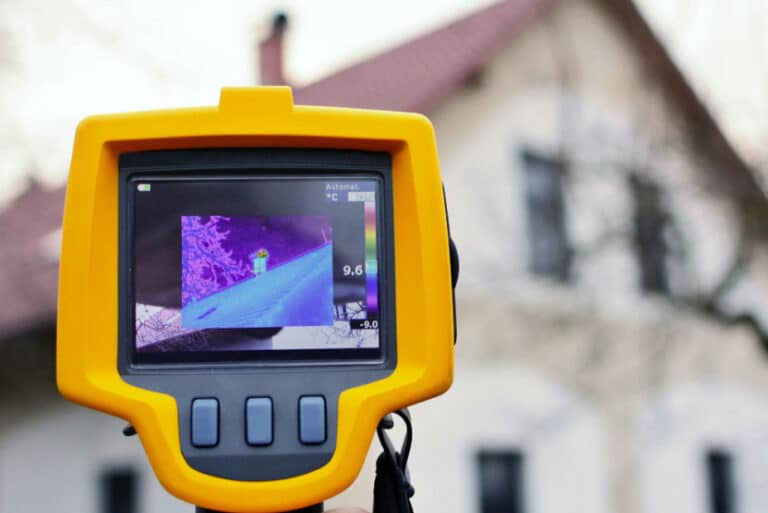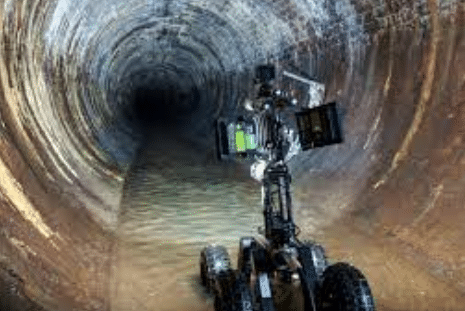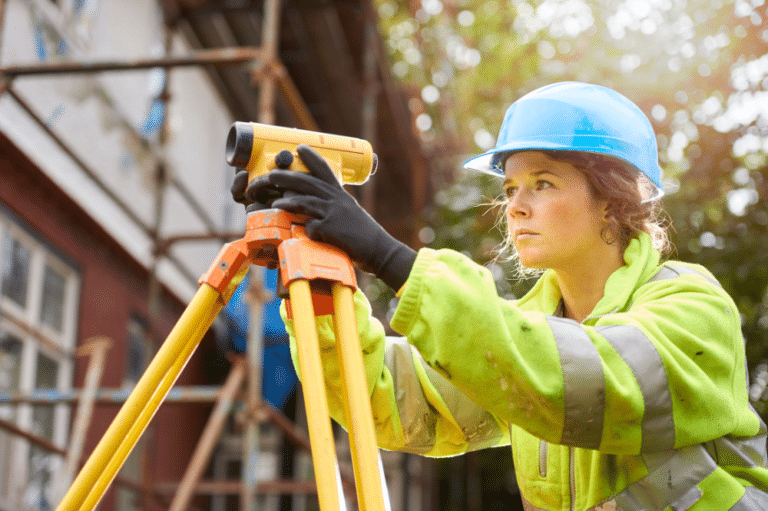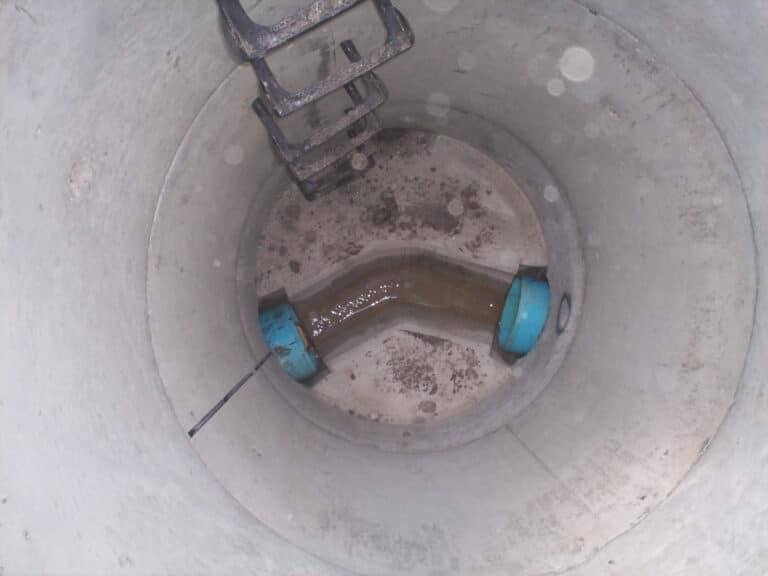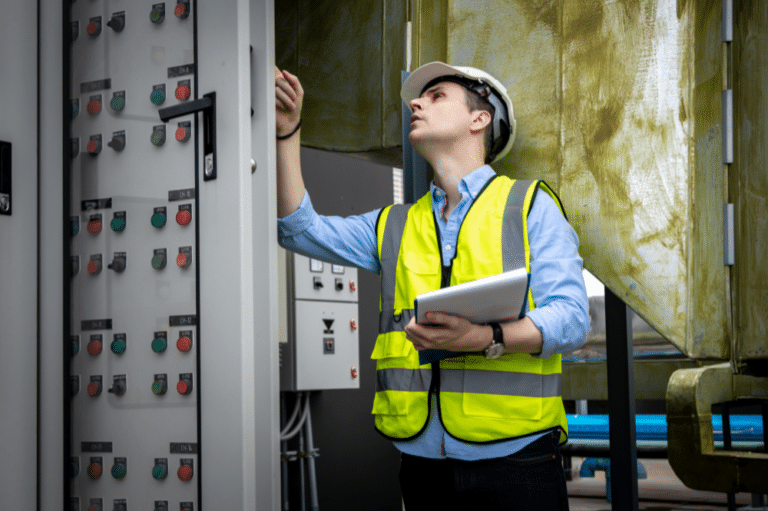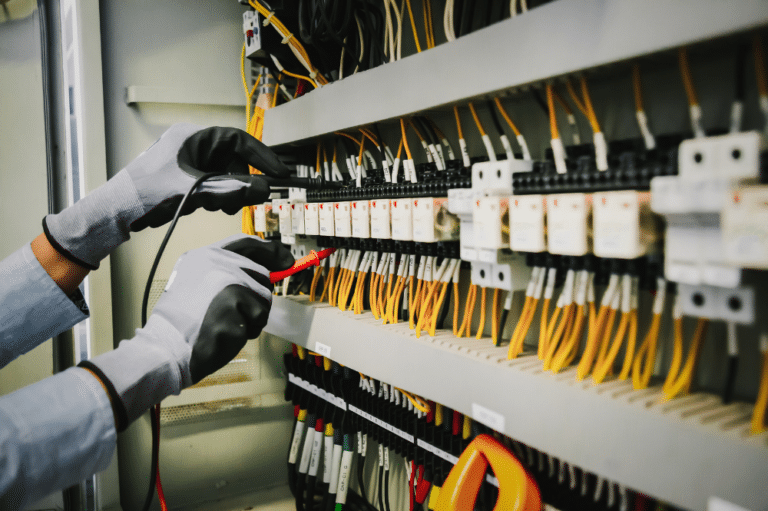Historical structures are not only architectural treasures but also windows into our cultural heritage. Preserving and renovating these buildings require specialized attention to maintain their integrity while ensuring they meet today’s safety standards. Historical structure inspections play a pivotal role in this delicate balance. This article explores the importance of these specialized inspections and how they contribute to the successful preservation and renovation of historical buildings.
The Significance of Historical Structure Inspections
Understanding Historical Integrity
Historical structures are often constructed with materials and techniques that are no longer in common use today. Inspecting these buildings requires a deep understanding of historical construction methods and the unique challenges they present. Specialized inspections help identify original materials and features that must be preserved to maintain the building’s historical integrity.
Ensuring Safety Standards
While preserving the historical character of a building is essential, ensuring that it meets modern safety standards is equally crucial. Historical structure inspections assess the building’s structural integrity, fire safety, and compliance with current building codes. This dual focus ensures that the building remains safe for occupants without compromising its historical value.
Identifying Hidden Issues
Historical buildings often conceal hidden issues that can pose significant risks. These issues might include deteriorated foundations, hidden water damage, or outdated electrical systems. Specialized inspections use advanced technologies such as infrared scanning and ground-penetrating radar to detect these problems, allowing for informed decision-making during the renovation process.
Key Components of Historical Structure Inspections
Structural Analysis
A thorough structural analysis is a cornerstone of historical structure inspections. Inspectors evaluate the building’s foundation, load-bearing walls, and overall stability. This assessment helps determine the extent of necessary repairs or reinforcements to ensure the building’s longevity and safety.
Material Assessment
Understanding the materials used in the construction of historical buildings is essential for their preservation. Inspectors identify and analyze the original materials, such as wood, stone, or brick, to determine their condition and appropriate conservation methods. This assessment helps preserve the building’s authentic character while ensuring its structural integrity.
Environmental Considerations
Environmental factors can significantly impact the preservation of historical structures. Inspections consider the effects of moisture, temperature fluctuations, and other environmental conditions on the building materials. By identifying potential threats, inspectors can recommend measures to mitigate damage and preserve the building’s integrity.
Compliance with Preservation Standards
Renovating historical structures often involves navigating complex preservation standards and regulations. Specialized inspections ensure that renovation plans comply with local, state, and national preservation guidelines. This compliance is crucial for obtaining necessary permits and funding for restoration projects.
Benefits of Specialized Historical Structure Inspections
Preservation of Cultural Heritage
Specialized inspections play a vital role in preserving cultural heritage. By identifying and addressing potential issues, these inspections ensure that historical buildings can be enjoyed by future generations. Preserving these structures allows us to maintain a tangible connection to our past and appreciate the craftsmanship and architectural styles of bygone eras.
Informed Renovation Decisions
Historical structure inspections provide detailed insights into the condition of the building, enabling informed renovation decisions. Property owners and renovation teams can prioritize necessary repairs, allocate resources effectively, and plan interventions that respect the building’s historical significance. This informed approach minimizes the risk of damage during renovations and ensures that the building’s character is preserved.
Cost Savings
Early detection of issues through specialized inspections can lead to significant cost savings. Identifying problems before they escalate allows for timely and targeted repairs, preventing more extensive and expensive interventions down the line. Additionally, compliance with preservation standards can open up access to grants and financial incentives for restoration projects.
Enhanced Safety
Ensuring the safety of occupants is paramount in any renovation project. Historical structure inspections identify and address potential safety hazards, such as structural weaknesses or outdated electrical systems. By addressing these issues, property owners can create a safe environment for residents, visitors, and staff while preserving the building’s historical charm.
Partnering with Crescent Construction Services
At Crescent Construction Services, we understand the unique challenges involved in preserving and renovating historical structures. Our team of experienced professionals is dedicated to providing comprehensive historical structure inspections that balance preservation with modern safety standards. Using advanced technologies and a deep understanding of historical construction methods, we help ensure that your historical building remains a safe and cherished landmark.
Historical structure inspections are essential for maintaining the delicate balance between preserving architectural heritage and ensuring modern safety standards. By leveraging specialized knowledge and advanced technologies, these inspections play a critical role in the successful renovation and preservation of historical buildings. Partner with Crescent Construction Services to protect and celebrate the legacy of your historical structure.
Contact Crescent Construction Services today to learn more about our specialized historical structure inspection services. Let us help you preserve the past while securing the future of your historical building.
